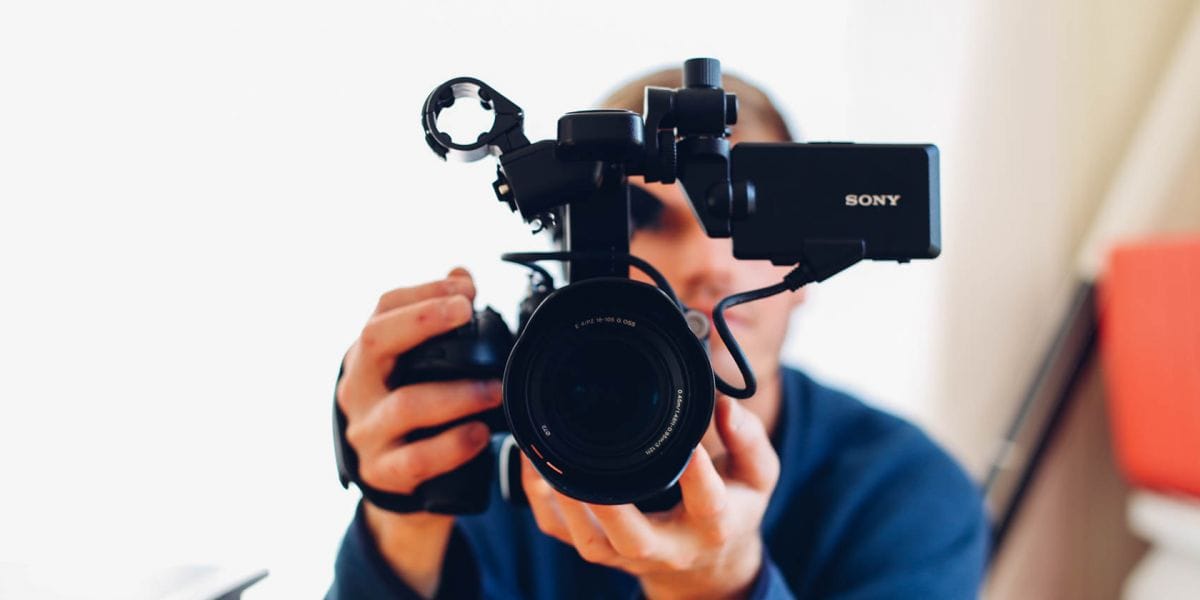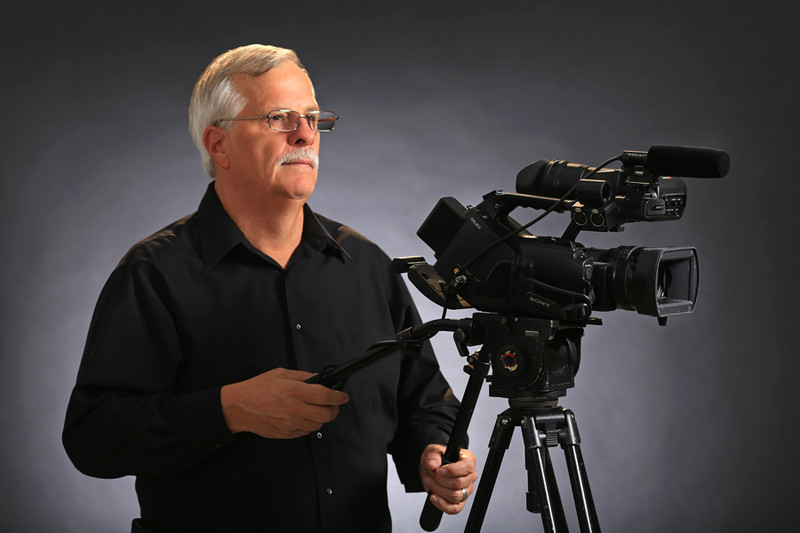Why Legal Videography Is Vital for Accurate Legal Record-Keeping
In the world of legal procedures, the accuracy of record-keeping is critical, and legal videography emerges as a vital tool in this context. As we discover the diverse benefits of legal videography, one should consider its implications for the future of judicial stability and transparency.
Value of Visual Proof
Establishing the significance of visual evidence in lawful procedures is critical for guaranteeing accurate record-keeping and boosting the total honesty of the judicial process. Visual proof functions as an important device in recording events, conditions, and various other significant details that may be vital to a case. Unlike created accounts, which are prone to analysis and bias, visual recordings offer an objective, unalterable depiction of realities as they occurred.


This type of evidence can record a range of aspects, including witness actions, environmental context, and physical proof, every one of which might influence judicial outcomes. By presenting a clear and detailed aesthetic narrative, lawful videography eliminates uncertainty and helps to maintain the authenticity of the proof.
Furthermore, aesthetic evidence can be instrumental in minimizing disagreements over factual inconsistencies, as it permits a direct contrast against statement and various other recorded documents. In an era where digital innovation is increasingly prevalent, the capability to existing aesthetic evidence successfully can significantly boost the overall quality of legal proceedings. Eventually, the unification of aesthetic evidence not just bolsters the paperwork procedure yet additionally reinforces public count on in the judicial system by advertising transparency and accountability.
Enhancing Testimony Reputation
The combination of legal videography into courtroom proceedings significantly boosts the reputation of witness testament. By capturing the subtleties of verbal and non-verbal communication, video clip recordings give an even more detailed depiction of a witness's attitude, emotions, and reliability. This aesthetic paperwork permits jurors to observe the witness's body movement, faces, and overall manner, which are essential parts that can influence their understanding of testimony reliability.
Additionally, lawful videography minimizes the capacity for misconception or distortion of testimony that might occur in created transcripts. Visitors can see and hear the statement as it existed, making sure that the context and tone are preserved. This credibility fosters a higher feeling of trust amongst jurors, who may be much more inclined to think testimony that they can witness firsthand.
Furthermore, the presence of video clip footage can prevent witnesses from offering deceptive or exaggerated statements, as they know that their testimony is being tape-recorded. This liability strengthens the honesty of the judicial process. Eventually, lawful videography offers as a crucial device in guaranteeing that witness testament is not only precisely portrayed yet also watched with heightened reputation by all parties included.
Comprehensive Document Preservation
Comprehensive record conservation is important for preserving the honesty of lawful procedures. Lawful videography acts as an important device in this process, providing a precise visual and auditory account of statements, depositions, and various other turning points in an instance. Unlike traditional written transcripts, video recordings catch the subtleties of body language, tone, and feeling, which are essential for understanding the context and intent behind statements made during lawful process.

Additionally, the ability to assess video clip evidence permits legal professionals to recognize critical details that might have been neglected in created records. By maintaining a detailed archive of lawful procedures through videography, law practice can promote the greatest standards of accuracy and responsibility, eventually contributing to a fairer judicial process.
Simplifying Lawful Process
Enhancing lawful proceedings is necessary resource for improving effectiveness and lowering delays within the judicial system. Lawful videography works as an essential tool in achieving this objective by giving clear and exact visual paperwork of court hearings, depositions, and testaments. This innovation enables real-time recording, making certain that all verbal and non-verbal hints are recorded, which can facilitate quicker resolution of conflicts.
The integration of videography into lawful procedures minimizes reliance on standard methods, such as extensive transcripts, which can be time-consuming to create and assess. By having access to taped video, attorneys can quickly reference crucial minutes, boosting their capacity to prepare and present situations properly. This immediacy also aids in the clearing up of statements, lowering the capacity for false impression.
Additionally, aesthetic documentation fosters an extra appealing court room experience for jurors, aiding them to realize intricate details quicker. Ultimately, legal videography streamlines communication among all parties entailed, from attorneys to judges to jurors, consequently promoting a much more effective judicial procedure (legal videography). In an era where time is of the significance, embracing this technology is important for the contemporary legal landscape
Admissibility in Court
Precise documentation is vital not just for performance but additionally for making certain that evidence is permissible in court. Lawful videography serves as a crucial device in this process, supplying a trustworthy visual document of testimonies, declarations, and events.
To be considered permissible, legal videography has to stick to established procedures, such as correct devices use, appropriate illumination, and clear audio capture. Furthermore, it is necessary to have actually qualified videographers who recognize the lawful needs bordering evidence collection. The chain of custody need to additionally be maintained to protect against any kind of claims of tampering or modification.
In addition, legal videography can improve the persuasiveness of evidence by supplying jurors with a straight view of the testimony, permitting an extra involved understanding of the instance. In summary, the combination of lawful videography right helpful resources into record-keeping not just sustains efficiency but likewise bolsters the integrity and admissibility of evidence in court proceedings.
Final Thought
In conclusion, lawful videography plays a critical redirected here function in making sure accurate legal record-keeping by giving objective visual documentation. Inevitably, the unification of legal videography into the judicial procedure advertises openness and bolsters public trust fund in the stability of the legal system.